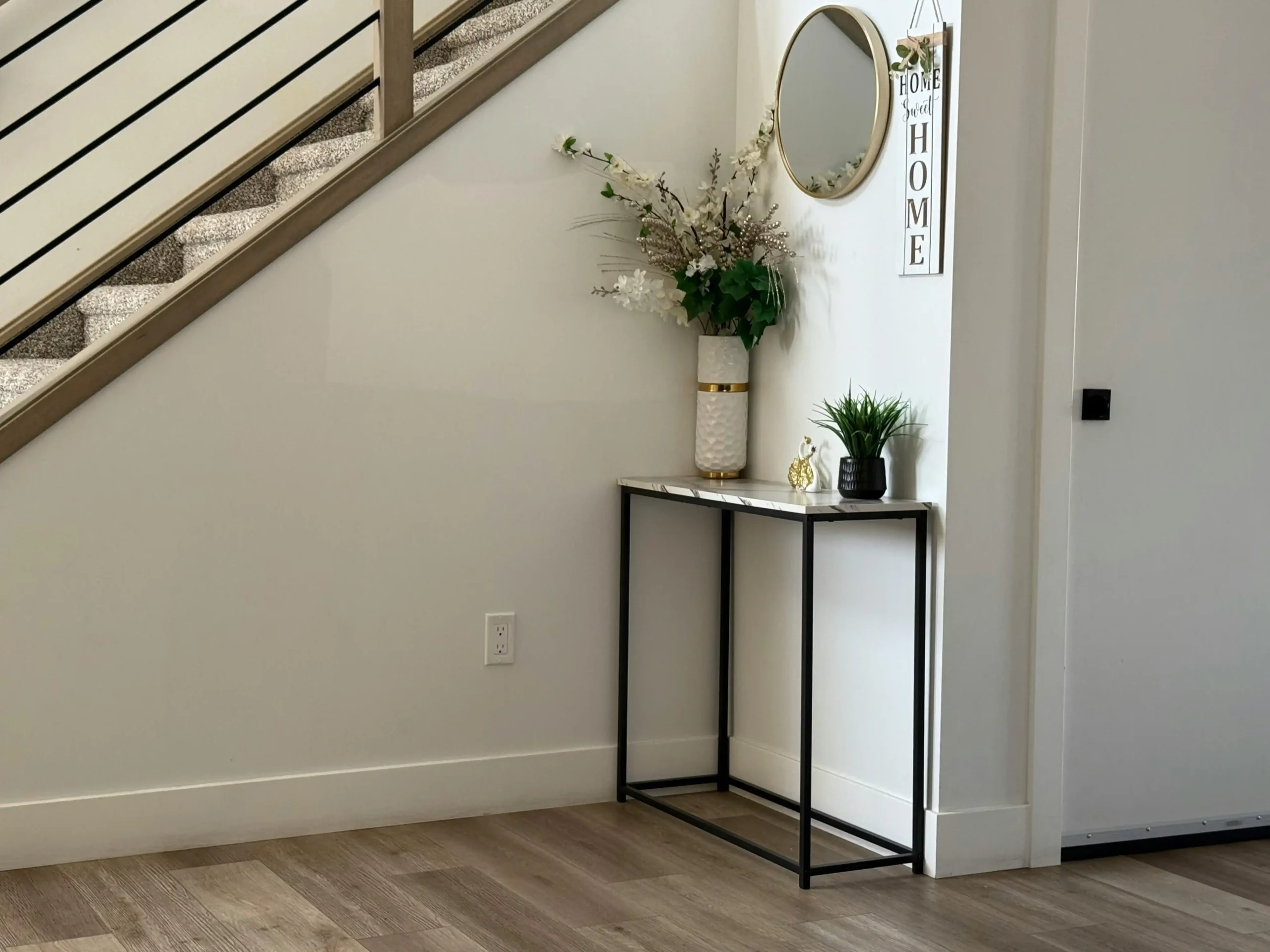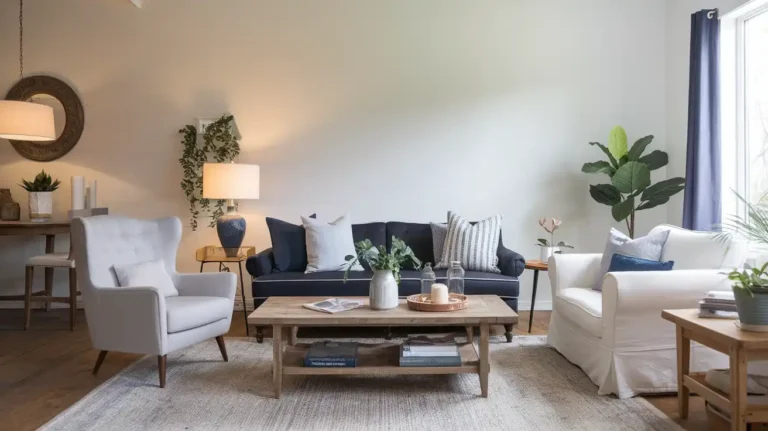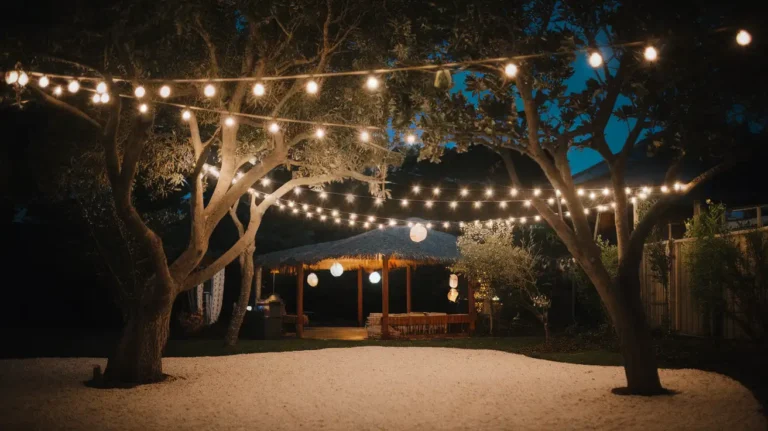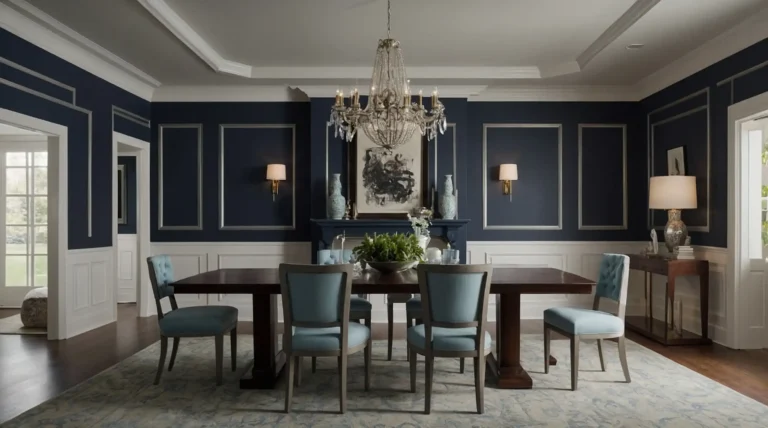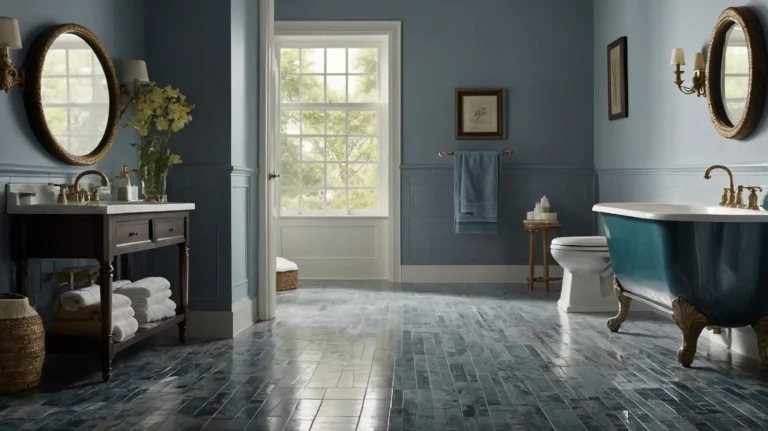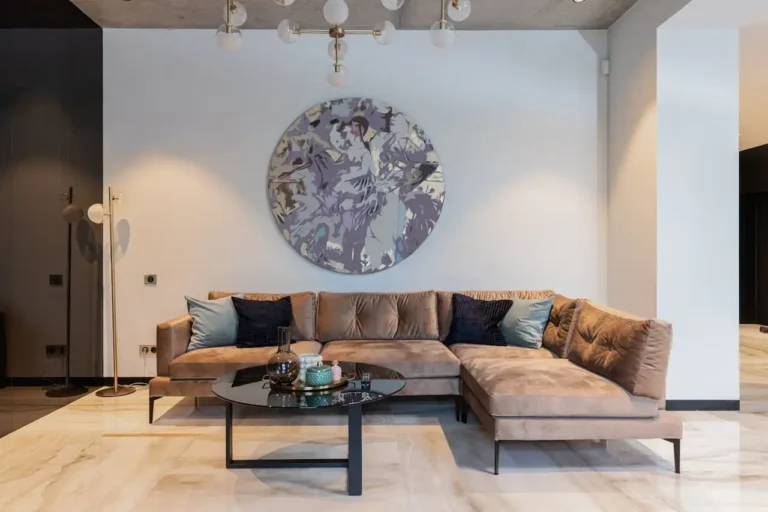7 Clever Small Space Hacks That Make Your Home Look Bigger
Living in a small space doesn’t mean you have to feel cramped or cluttered. You can transform your compact home into a spacious-feeling sanctuary with the right strategies.
These seven clever hacks will help you maximize every square foot. You’ll discover how simple changes create the illusion of more space while maintaining functionality.
Get ready to see your home with fresh eyes. These practical tips work whether you’re in a studio apartment, tiny house, or just want to open up any room.
1. Embrace Light Colors and Strategic Paint Choices

Light colors reflect more light than dark ones, instantly making your space feel larger and more open.
You’ll want to stick with whites, soft grays, pale blues, or warm creams for your main wall colors.
These shades bounce natural and artificial light around the room, creating an airy atmosphere that expands visual boundaries.
Consider painting your ceiling the same color as your walls, or even lighter. This technique eliminates the visual break between wall and ceiling, making the room feel taller.
Many people overlook this simple trick, but it creates a seamless flow that tricks the eye into perceiving more vertical space.
Don’t forget about your trim and moldings. Painting them the same color as your walls creates a monochromatic look that reduces visual clutter.
Sharp contrasts between trim and walls can make a space feel chopped up and smaller. This approach lets you change your color scheme seasonally without major renovations.
You can add personality through colorful accessories, artwork, and textiles instead of bold wall colors.
Plus, lighter backgrounds make your furniture and decorative pieces pop more dramatically.
2. Maximize Natural Light and Add Strategic Lighting
Natural light expands any space instantly, so you’ll want to maximize every ray that enters your home.
Remove heavy curtains and replace them with sheer panels or light-filtering blinds. Consider this simple maintenance task a secret weapon in your space-expanding arsenal.
These window treatments provide privacy while allowing maximum light penetration throughout the day.
Clean your windows regularly – dirty glass can reduce natural light by up to 40%. You’ll be amazed at how much brighter your space feels with sparkling clean windows.
Artificial lighting plays an equally important role in creating spacious feelings. You’ll want to layer different types of lighting throughout your room.
Combine overhead lighting with table lamps, floor lamps, and even string lights to eliminate dark corners that make spaces feel smaller.
Mirrors strategically placed across from windows amplify natural light by reflecting it deeper into your room.
This creates a brighter, more expansive feeling while adding visual depth. You can also use metallic accents and glossy surfaces to bounce light around your space effectively.
3. Choose Multi-Functional Furniture Wisely
Multi-functional furniture serves double duty in small spaces, reducing clutter while maintaining essential functions.
You’ll love how an ottoman with hidden storage can serve as seating, a coffee table, and a place to store blankets or books. This approach eliminates the need for multiple pieces of furniture.
Look for dining tables that extend when needed but stay compact for daily use. You can entertain guests without feeling cramped in your everyday living.
Drop-leaf tables, nesting tables, and expandable consoles adapt to your changing needs without permanently taking up precious floor space.
Storage beds revolutionize bedroom organization by providing massive storage capacity beneath your mattress.
You’ll find options with hydraulic lifts, drawers, or even built-in nightstands. This eliminates the need for bulky dressers or additional storage furniture in your sleeping area.
Consider furniture pieces that can move between rooms easily. Rolling carts, lightweight stools, and folding chairs adapt to different situations throughout your day.
You can create temporary work stations, extra seating for guests, or mobile storage solutions that change as your needs change.
4. Create Vertical Storage Solutions

Vertical storage draws the eye upward, making your ceilings appear higher while maximizing your storage capacity.
You’ll want to install shelving that reaches from floor to ceiling, creating dramatic height while providing ample space for books, decorative items, and everyday essentials.
Floating shelves appear to take up less visual space than traditional bookcases with backs and sides.
They create storage without the bulk, maintaining an open feeling while keeping your belongings organized.
You can arrange them asymmetrically for modern appeal or in traditional rows for classic style.
Wall-mounted cabinets in kitchens and bathrooms free up valuable counter and floor space.
You’ll appreciate how upper cabinets create storage without crowding your movement areas.
Choose cabinets with glass fronts to maintain visual lightness while displaying attractive dishes or toiletries.
Don’t overlook unexpected vertical spaces like the area above doorways, behind doors, or in narrow gaps between appliances.
Custom shelving or slim storage units can transform these forgotten spaces into functional storage areas. You’ll be surprised how much you can store in these overlooked vertical opportunities.
5. Use Mirrors to Double Your Space Visually
Mirrors create the most dramatic space-expanding illusion in your small home. This technique makes your interior feel connected to the outdoors.
You’ll want to place large mirrors opposite windows to reflect outdoor views, essentially doubling your visual space while bringing more light into your room.
Consider creating a gallery wall of mirrors in different shapes and sizes. This approach adds visual interest while amplifying light from multiple angles.
You can mix antique mirrors with modern ones, creating a collected-over-time look that feels sophisticated and spacious.
Mirrored furniture pieces like coffee tables, side tables, or wardrobes reflect their surroundings instead of visually taking up space.
You’ll find these pieces practically disappear while still providing essential function. Mirrored backsplashes in kitchens create similar effects.
Strategic mirror placement can extend sightlines through your home. You’ll feel like your home extends further than its actual boundaries.
Positioning mirrors at the end of hallways or in doorways creates the illusion of continuing space beyond what actually exists.
6. Embrace Minimalism and Declutter Strategically
Clutter makes any space feel smaller and more chaotic. You’ll need to be ruthless about what stays and what goes in your small space.
Keep only items that serve a purpose or bring you genuine joy. Everything else just takes up valuable visual and physical space.
Adopt the “one in, one out” rule to prevent accumulation of unnecessary items. When you bring something new into your home, remove something else.
This maintains a balanced amount of possessions while preventing the gradual creep of clutter that makes spaces feel cramped.
Create designated homes for everything you keep. You’ll appreciate how much larger your space feels when items aren’t scattered across surfaces.
Use drawer dividers, small containers, and labels to maintain organization systems that keep clutter at bay.
Choose quality over quantity when selecting decorative items. A few carefully chosen pieces create more impact than numerous small items scattered throughout your space.
You’ll find that negative space around your belongings makes them appear more significant while maintaining visual calm.
7. Define Zones Without Walls
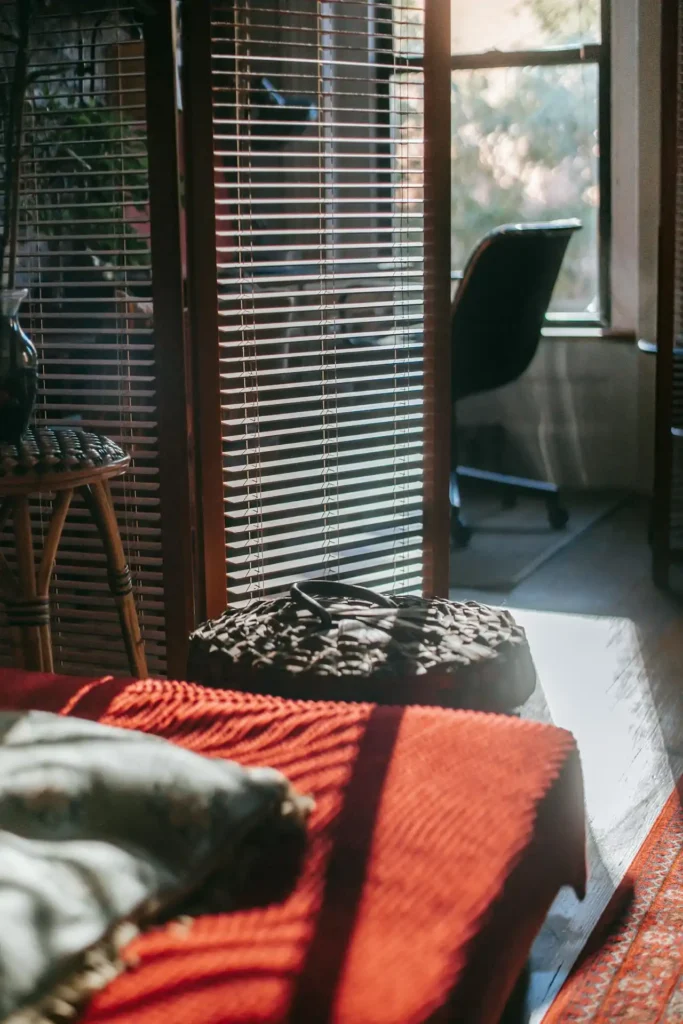
Open floor plans can feel larger, but you still need defined areas for different activities.
You’ll want to create visual separation between your living, dining, and sleeping areas without installing permanent walls that chop up your space.
Area rugs effectively define zones while maintaining flow between spaces. Choose rugs that complement each other but aren’t identical.
This creates cohesion while clearly marking different functional areas. Make sure your rugs are appropriately sized – too small makes spaces feel disconnected.
Furniture arrangement can create natural boundaries between zones. You’ll maintain sight lines while creating distinct areas for different activities.
Position your sofa to face away from your dining area, or use a bookshelf as a room divider that provides storage while defining spaces.
Different lighting schemes help define zones without physical barriers. Use a pendant light over your dining table, floor lamps in your living area, and task lighting in your work space.
This creates psychological boundaries while maintaining the open feeling that makes small spaces work.
Conclusion
These seven hacks transform small spaces into homes that feel spacious and welcoming.
Start with one technique and gradually implement others for maximum impact.

